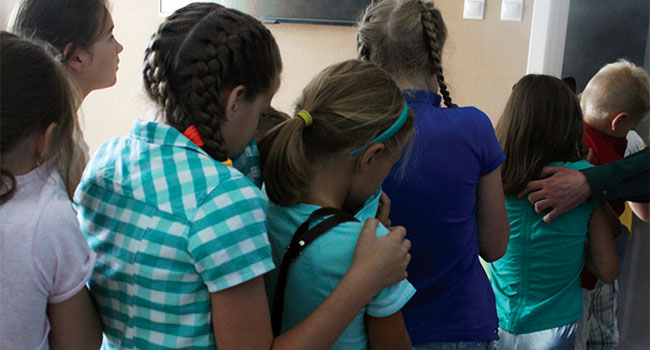Every day, thousands of alerts and sets of data compete for your attention. Many of these relate to minor events that don’t need an immediate response. Unmanaged, this constant flow of alarms obscures real threats. A unified security operations center (SOC) can be a resource to help cut down on the noise and aid in collaboration. A SOC helps security personnel view their security systems in one place, share information seamlessly, and respond more effectively.
- By Bruce Canal
- November 07, 2024

Workplace violence is a serious and growing challenge for many organizations — including those in the healthcare industry. According to the U.S. Bureau of Labor Statistics, workers in healthcare and social services experience the highest rates of injuries caused by workplace violence and are five times as likely to suffer a workplace violence injury than workers overall — and aggressive incidents are rising.
- By John Joyce
- October 01, 2024
For decades, overnight security problems have been a major source of stress for business owners. Lone security guards, static surveillance cameras and outdated alarm systems are some examples of ineffective security solutions companies have used to combat property crimes like trespassing, theft and vandalism. However, a newer security solution called remote guarding is now giving business owners the peace of mind they deserve when thinking about their overnight security concerns.
- By Scott Goldfine
- December 06, 2023
Physical security solutions provider LenelS2 recently announced the launch of a new program that will assist families, schools, and communities in having productive conversations about school security. The company partnered with actor Chad Michael Murray and National PTA to create “On the Safe Side,” a series of resources intended to spur conversations about physical security and safety in schools.
- By Matt Jones
- November 30, 2023
Tulsa Public Schools in Tulsa, Okla., recently announced that it has adopted Metrasens’ advanced detection technology across its district, according to a news release. The installation is part of the district’s 2023–24 academic year safety initiative to update and enhance safety and security measures on its campuses.
- By Matt Jones
- October 26, 2023
Smart cards and ID Cards have become ubiquitous and will likely remain a fixture in the access-control landscape even as mobile IDs reach their tipping point. The convenience of mobile IDs continues to make them an increasingly attractive option, but the physical card will still be required in many applications. This is why their transition to more sustainable card materials is a key element of the security industry’s broader focus on environmental stewardship.
Whether it’s an airport or a college campus, perimeter security breaches are not rare. It’s difficult to protect large areas of an airport. Yet, those facilities are secured with large fences.
- By Detrick Ellis
- September 18, 2023
While there are many factors to consider when selecting a security system, when it comes to remote monitoring, the decisions fall into two categories: flexibility and capability.
Physical security software and hardware have come a long way in recent years. Yet while systems like access control, intrusion monitoring, and video management are powerful tools, it’s how we use them that matters.

Schools in the United States use a variety of emergency response systems, including lockdown procedures, fire alarms, and evacuation plans.
- By Monique Merhige
- July 17, 2023